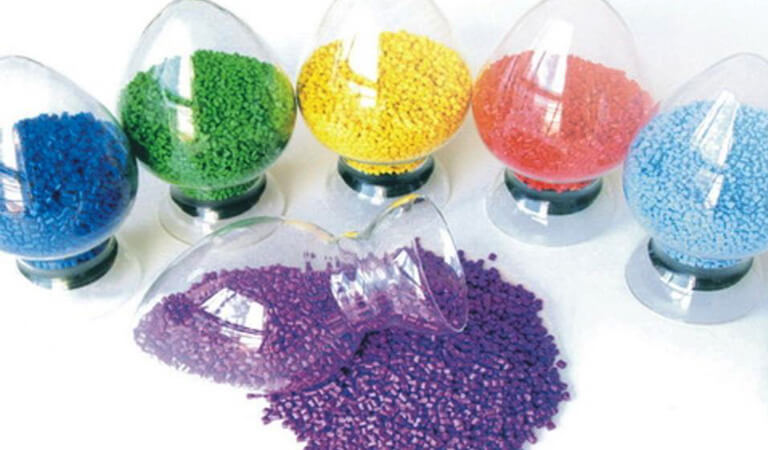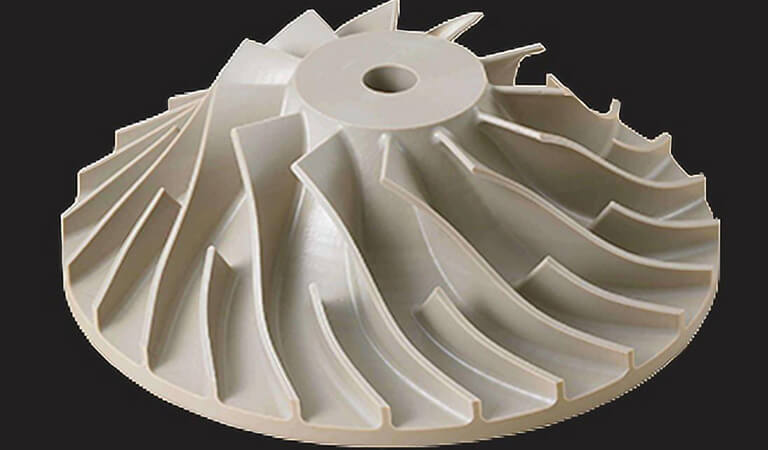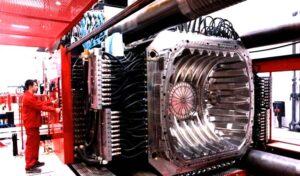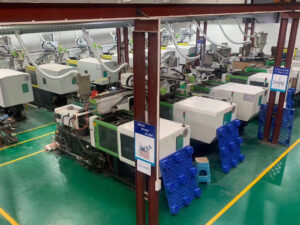Quality engineering plastics are these 6 points?
Engineering plastics (engineering-plastics) - refers to a class of high-performance polymer materials that can be used as structural materials, subjected to mechanical stress over a wide range of temperatures, and used in more demanding chemical and physical environments.
Performance characteristics of engineering plastics
1、Can withstand certain external forces.
2、Good mechanical properties and dimensional stability.
3、It can still keep its excellent performance under high and low temperature, and can be used as engineering structural parts.
Main properties of engineering plastics
Thermal properties: glass transition temperature (Tg) and melting point (Tm); high heat deflection temperature (HDT).
High long-term use temperature (UL-746B); large use temperature range; low coefficient of thermal expansion.
Mechanical properties: high strength, high mechanical modulus, low latent variability, strong resistance to wear and fatigue.
Others: chemical resistance, electrical resistance, flame resistance, weather resistance, good dimensional stability.
Common types of engineering plastics
Nylon, polyformaldehyde, polycarbonate, polysulfone, etc.
History of the six general engineering plastics
1、polyamide (PA): Carothers (W.H. Carothers American chemist) developed polyamide research and applied for a patent in 1931, organized by DuPont in 1939 to produce and take the lead in industrialization.
2、 homopolymer formaldehyde (POM): 1956 DuPont company and successfully developed, and in 1959 to achieve industrial production.
3、Co-formaldehyde: Developed and commercialized by Celanese Corporation in 1962.
4、polycarbonate (PC): In 1958 and 1960, Germany Bayer and the United States General Electric Company developed and produced the ester exchange method and photogasification polycarbonate, respectively.
5、polyphenylene ether (PPO): developed by General Electric in 1964, modified polyphenylene ether was introduced two years later.
6、 polybutylene terephthalate (PBT): 1970 by the U.S. Celanese Corporation to develop thermoplastic polyester class into engineering plastics, it became the last of the five major general engineering plastics developed successfully and the production growth rate is very high species.
Status of engineering plastics
Since the emergence of engineering plastics in the 1950s, half a century of development, growth and expansion in the market competition, in 2000, the world's engineering plastics production has exceeded 5 million t, but also at an annual rate of 7 ~ 9% increase.
Although it only accounts for 2~3% of all plastics, its excellent performance is unmatched by other materials.
Main characteristics of engineering plastics
1、light mass, low relative density
The relative density of engineering plastics is generally between 1.0~2.0, which is much lower than that of metals. With light self-weight, it can replace some traditional metal materials for aviation vehicles, vehicles and other fields.
2、Higher specific strength
Fiber reinforced with glass fiber, carbon fiber and other fibers, can greatly improve the tensile strength, * tensile strength and relative density of the ratio is generally 1500-1700, even up to 4000 (steel 1600, aluminum 1500)
* Tensile strength (tensilestrength): is the stress that produces the maximum uniform plastic deformation of the material. In the tensile test, the maximum tensile stress suffered by the specimen until fracture is the tensile strength, and the result is expressed in MPa.
3、Outstanding wear resistance and self-lubricating performance
With engineering plastics as friction parts, as opposed to wear-resistant metal alloys, the wear amount is less than 1:5, and fluoroplastics are better.
4、Excellent mechanical properties
Over a wide range of temperatures, many engineering plastics, especially reinforced ones, have excellent impact and fatigue resistance.
5、Excellent electrical insulation
Almost all engineering plastics have excellent electrical insulation and arc resistance properties, and can be among the ranks of excellent insulating materials
6、Chemical stability
Excellent resistance to acids, alkalis and organic solvents in general.
7、Better dimensional stability of parts
8、Have high heat resistance
General engineering plastics in different glass fiber reinforced, UL long-term continuous use temperature are more than 100 ℃, special engineering plastics indicators are generally more than 150 ℃.
9、Excellent vibration absorption, sound dissipation and burial performance of foreign objects
When engineering plastics are used as moving parts, there is no noise of metal impact and excellent shock absorption and muffling properties. For conditions where abrasive particles are present, foreign objects can be buried, unlike metal which may bite or scratch before.
10、Good processing performance
Engineering plastics can be processed at a lower temperature (usually below 400℃) by injection molding, extrusion, blow molding, etc.
The products can be reprocessed by mechanical methods, with stable dimensions, strong interchangeability of finished products, low mold costs, saving energy consumption by about 50% compared to processing metals, shortening work hours, and high yield.
Click here to learn more about engineering plastics ABS plastic expertise!






